Prototyping
I first acquired the parts needed.
| ITEM | QUANTITY | COST |
| VLC Desktop (Media Player App) | 1 | $0.00 |
| Magnetic Breakaway USB Cable | 1 | $4.00 |
| Casing (from 2 AAA battery holder) | 1 | $1.00 |
| SPDT Slide Switch | 1 | $1.00 |
| Optical Pulse Sensor | 1 | $4.00 |
| Pro Micro Arduino Compatible Board | 1 | $5.00 |
After acquiring the components needed, the next step was to prototype the hardware and code that comprises the device.
Every evening over several days, I drafted the code to implement the previous algorithms. I did get stuck at one point and needed debugging assistance, but my friend Timm Carson worked with me for an hour and we fixed all the bugs. The main issue was a reason for nerdly laughter. - In the code, I had called out a non-existent pin on the Microcontroller.
This circuit is simply:
- MCU +5V to Sensor Vin
- MCU Ground to Sensor Ground
- MCU A0 to Sensor Signal
- Slide Switch Pole to D2
- Slide Switch Throw to Ground.
There are a few dependencies at this moment which are listed below.
- Pro Micro hardware is released under Creative Commons Share-alike 4.0 International.
- Pulse Sensor Amped hardware is licensed under the TAPR open source hardware license
- PulseSensorPlayground code library is licensed under the MIT License
- Arduino Environment is licensed under the GNU General Public License
- VLC Media Player is licensed under the GNU General Public License
I soldered together the device and composed a schematic. Shown below are photos of the prototype and schematic.
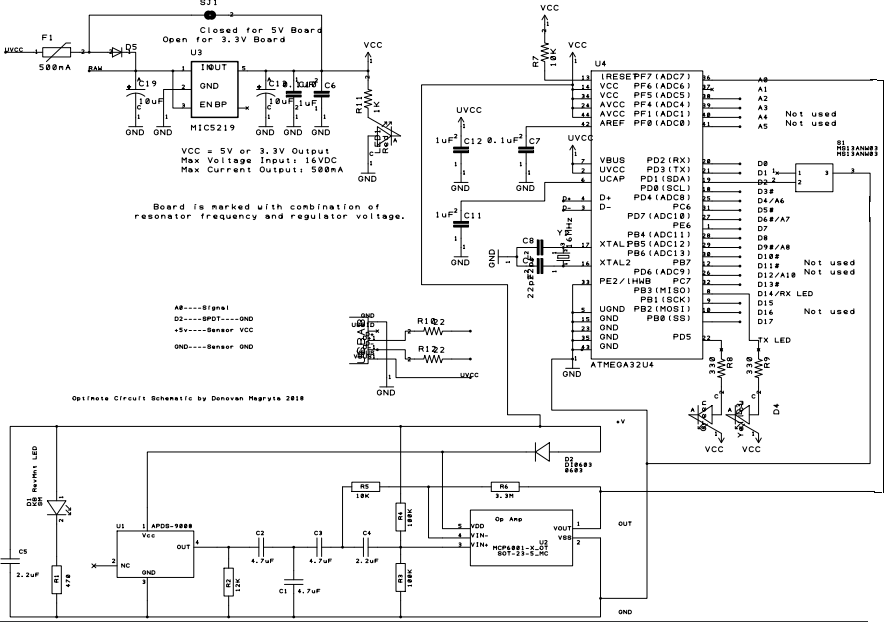
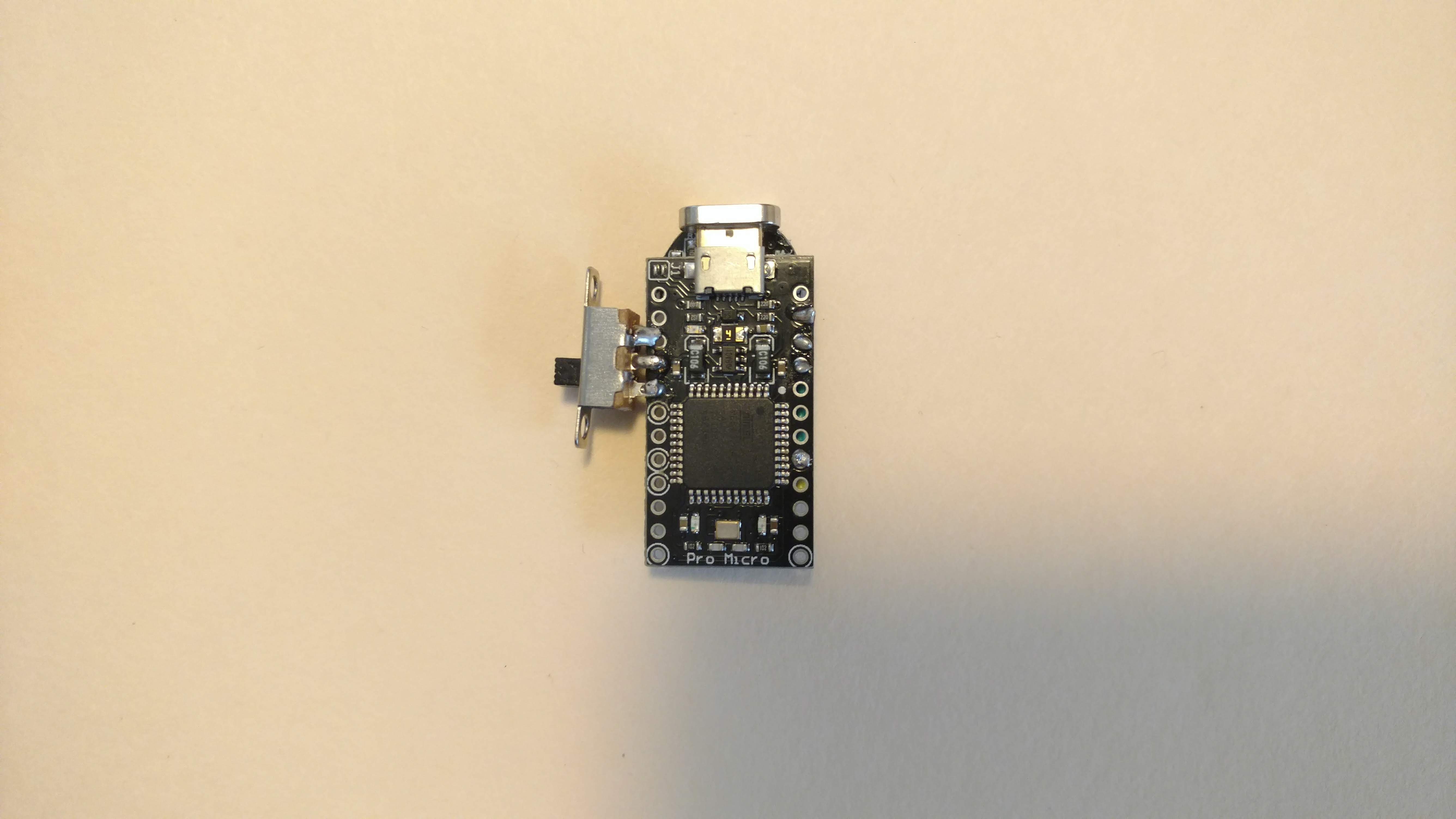
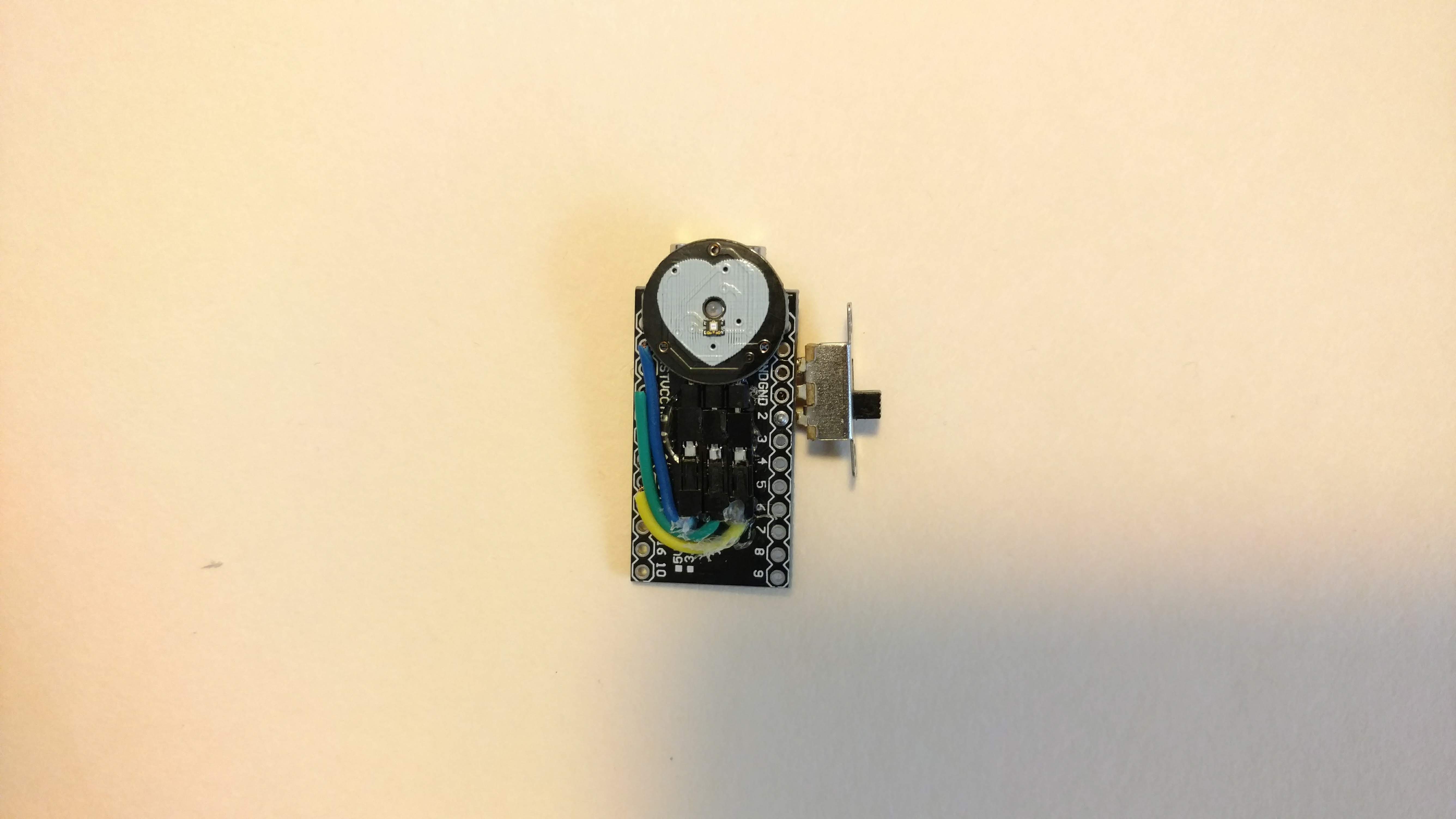
The footprint of the device itself is 1" x 1.5" x 0.35" so the case needed to have a slot cut for the switch to fit out. I used a dremel to cut the holes needed. It looks much better after being wrapped in tape, which adds the advantage of blocking light from the pulse sensor.
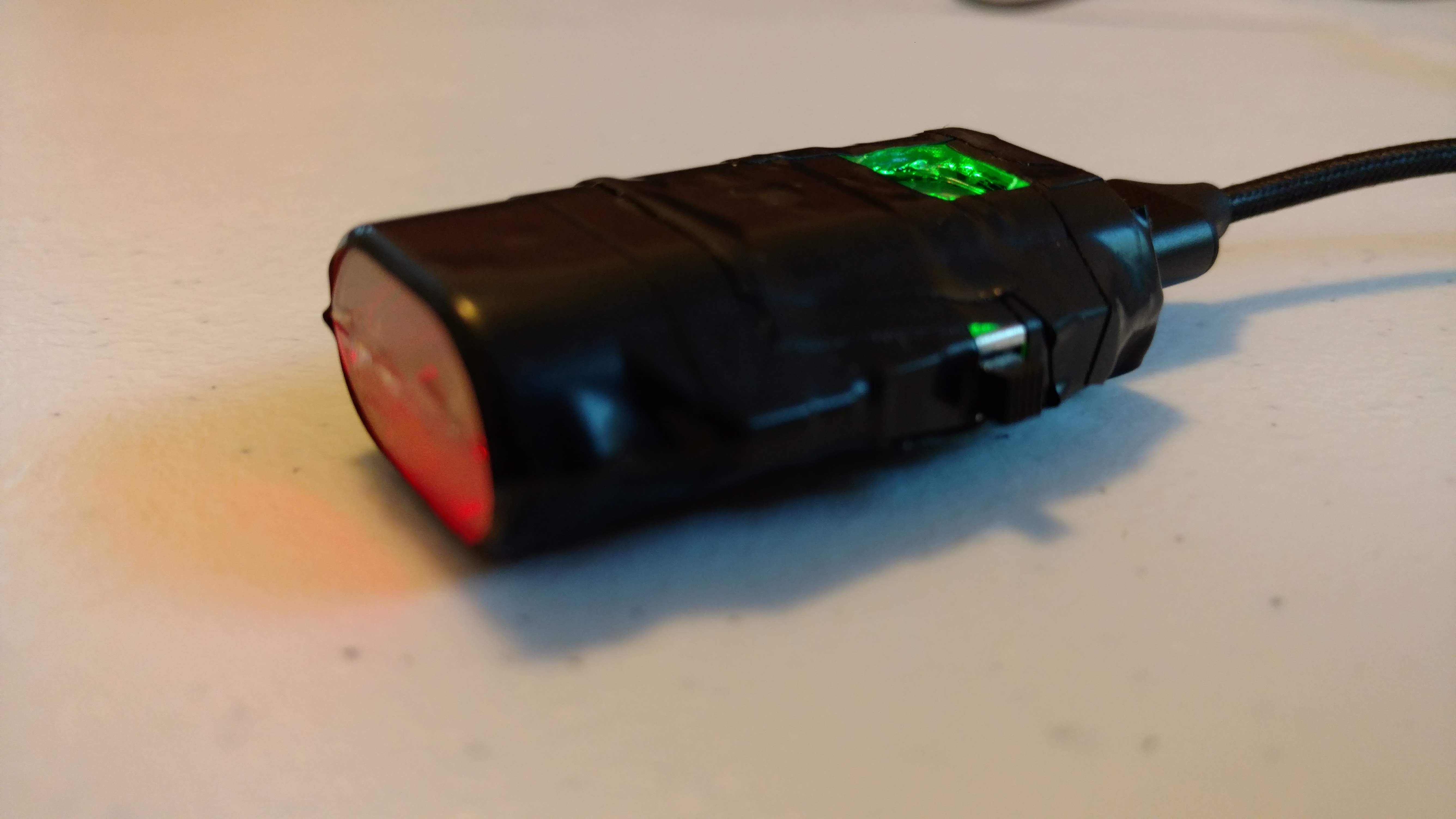
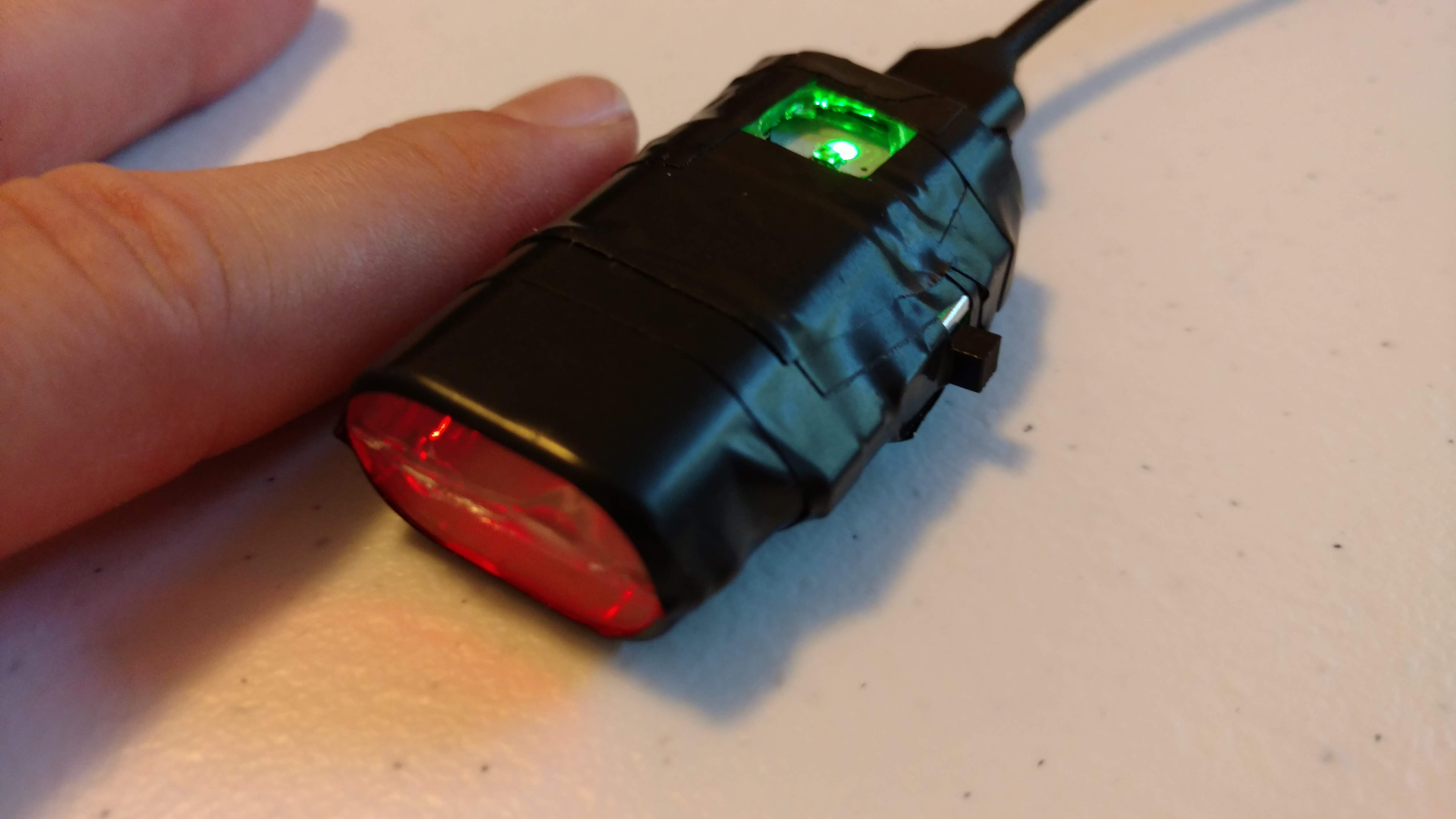
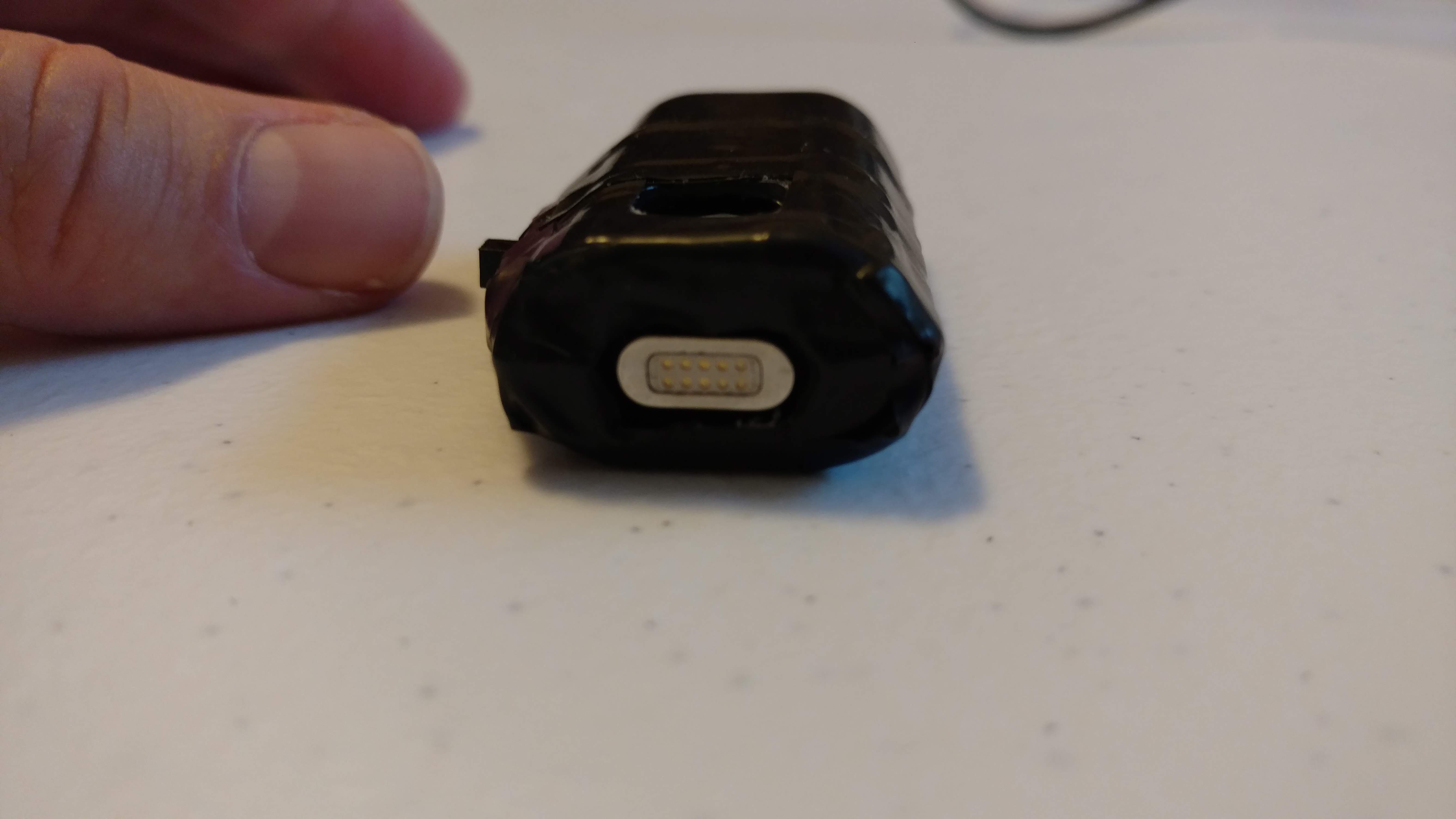
The next task will be testing in small scale till it is working well enough to schedule larger scale user testing.
 Donovan M.
Donovan M.
Discussions
Become a Hackaday.io Member
Create an account to leave a comment. Already have an account? Log In.